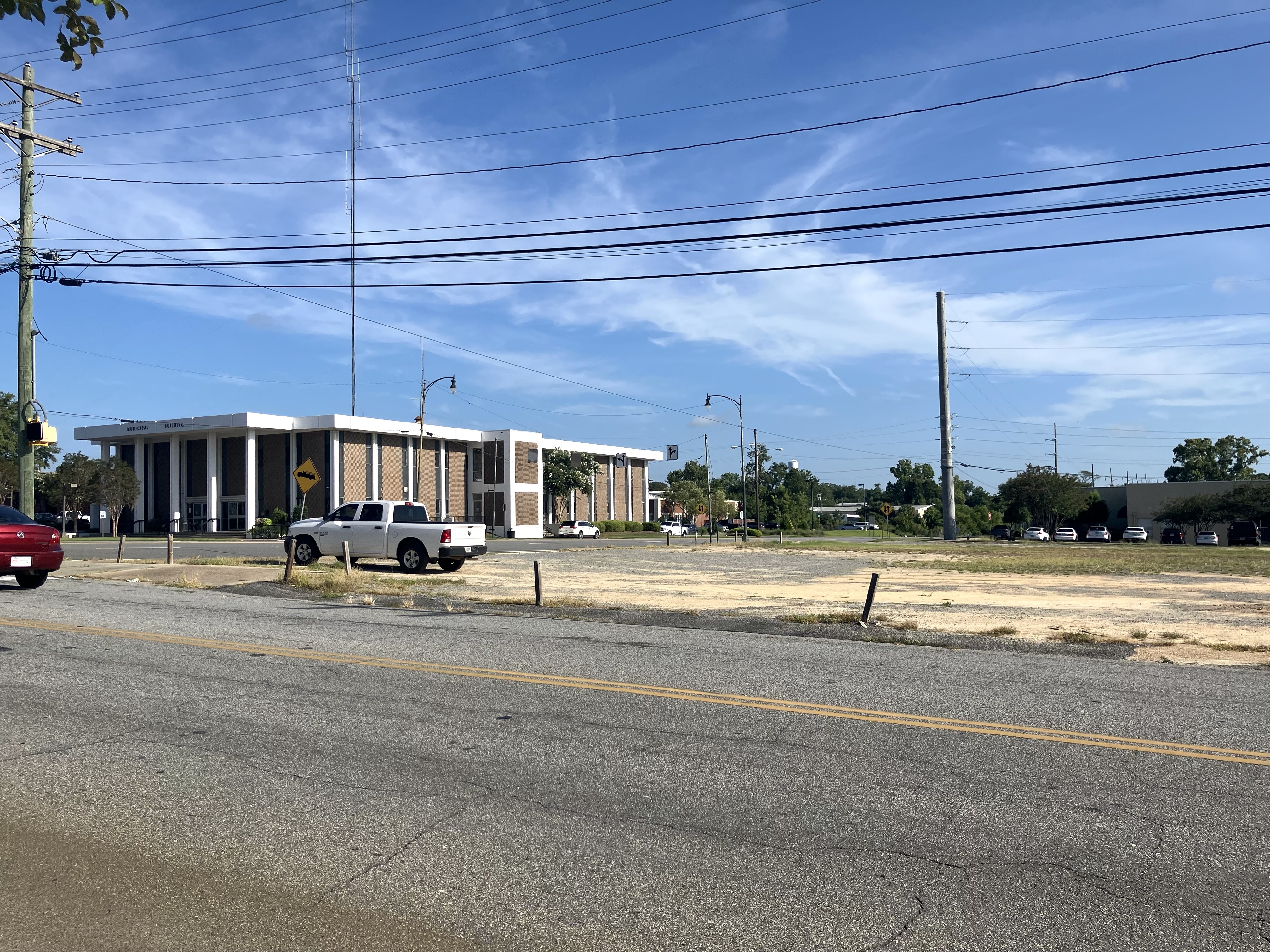VFA recoups expenses
from insurance companies
Published 5:46 pm Friday, February 7, 2025
MOULTRIE – In February, a year ago, Dustin Hart, president of the Volunteer Firefighters Association (VFA), spoke to the County Commission about charging residents’ insurance companies for its response.
He introduced the possibility of recouping money from the insurance company of a vehicle or homeowner when one of its departments responded to a fire or wreck involving the insured property. Since August, the association has made the proposal a reality.
County Administrator Chas Cannon said, at the time, “When I first got here that bill for volunteer fire was $545,000 and now it’s over a million. … Whatever we can do to off-set costs, we need to pursue that if we can. This is all funded from property taxes. There’s no sales tax involved.”
Trending
At last Tuesday’s commission meeting, Commissioner Paul Nagy asked the VFA to explain the process to the commissioners again so that everyone understood how it worked, he said.
“Cause it’s now policy, it’s now happened,” he added and asked Hart how many had been billed.
So far, Hart said, the association has billed approximately two dozen fire department responses to insured individuals’ insurance companies.
Commissioner Johnny Hardin then asked who the money went to.
Hart replied, “It goes to the billing company. They get their percentage for doing all the work for billing. I think it was 21% or 22%. It comes back to us and then, the association keeps 70%, since we buy all the equipment and for the big capital equipment that we buy for the fire department. And, then, 30% of whatever that call receives, 30% goes back to the primary station or the primary truck that responded to that call.”
Nagy then asked Hart if he could walk the commissioners through how they actually billed the insurance.
Trending
“With the company that we chose to go with, we pretty much can write our rules of how, who, when and what we bill for. We’re only turning in reports of accidents that the vehicle had insurance and structure fires that were insured,” he said. “If you’re not insured, we don’t even send it to the billing company.”
He also said there were cases where the VFA sent the bill to the company because the vehicle or structure had insurance. Then, the insurance company replied back that it was not covered in the individual’s policy.
“Dead at that point. No one gets a bill, it’s over and done with. It does not go to the homeowner,” he said.
Hart said this process was new for Colquitt County but there were surrounding counties and other counties in the state that have been billing insurance companies for more than 10 years.
Nagy had explained earlier in the meeting that one of his constituents had actually received a check from their insurance agency, State Farm, and it had caused some confusion.
Commissioner Mike Boyd asked Hart if this was the only complaint since he started billing. He responded, “Yes, sir.”
Boyd then asked Nagy, “Did you tell me those people got the check and they weren’t going to give them the check?”
Nagy responded that the constituent did not understand what the check was for.
Hart said the way that a couple of different insurance agents explained it to him was that within their policies, depending on what the individual pays for, there is a “fire protection service” charge.
“And the company, State Farm in this matter, said, ‘We’ll pay up to $500,’ which if I understand, Mr. Brent right, it’s kind of what the state says the minimum is that they have to pay,” he said. “Each company has their own individual amount that they will pay. Some will pay the max, some will pay the minimum.”
He gave an example of a camper fire that they had responded to where the insurance company paid them $7,000. That was what was in company’s policy for fire protection services, he said.
Nagy said, that as he understood it, the insurance company cut the check to the policy holder. The policy holder’s responsibility, in turn, was to pay the VFA.
Hart said this particular situation was the first time that it had happened that way. Nagy said it was how State Farm did it.
Hart said the VFA had received eight payments so far, and all had come directly from the insurance companies.
He said, in this instance, the homeowner would give the VFA the money since the insurance company did not send it directly to the association.
“The way it was told to me by our company and by the insurance agent, the homeowner has two options. They give the money to the fire department or give the money back to State Farm. One way or the other. Any alteration from that, would be insurance fraud,” Hart said. “If it was designated for fire protection services.”
Boyd asked if the collected money helped to off-set their expenses and Hart said, “That’s our plan. It’s not very much.”
He said the VFA’s ultimate goal would be to bill on their own instead of using the billing company. He said another goal was to help reduce their budget or off-set increases in their budget in the future.
“Jeremy (Sutton) and I, we do this volunteer and we’ve put in a ton of effort and time and we have saved a lot of money from what we’d expected to spend by doing things that we were doing. And this is one of the things that’s gonna help us,” said Hart.





